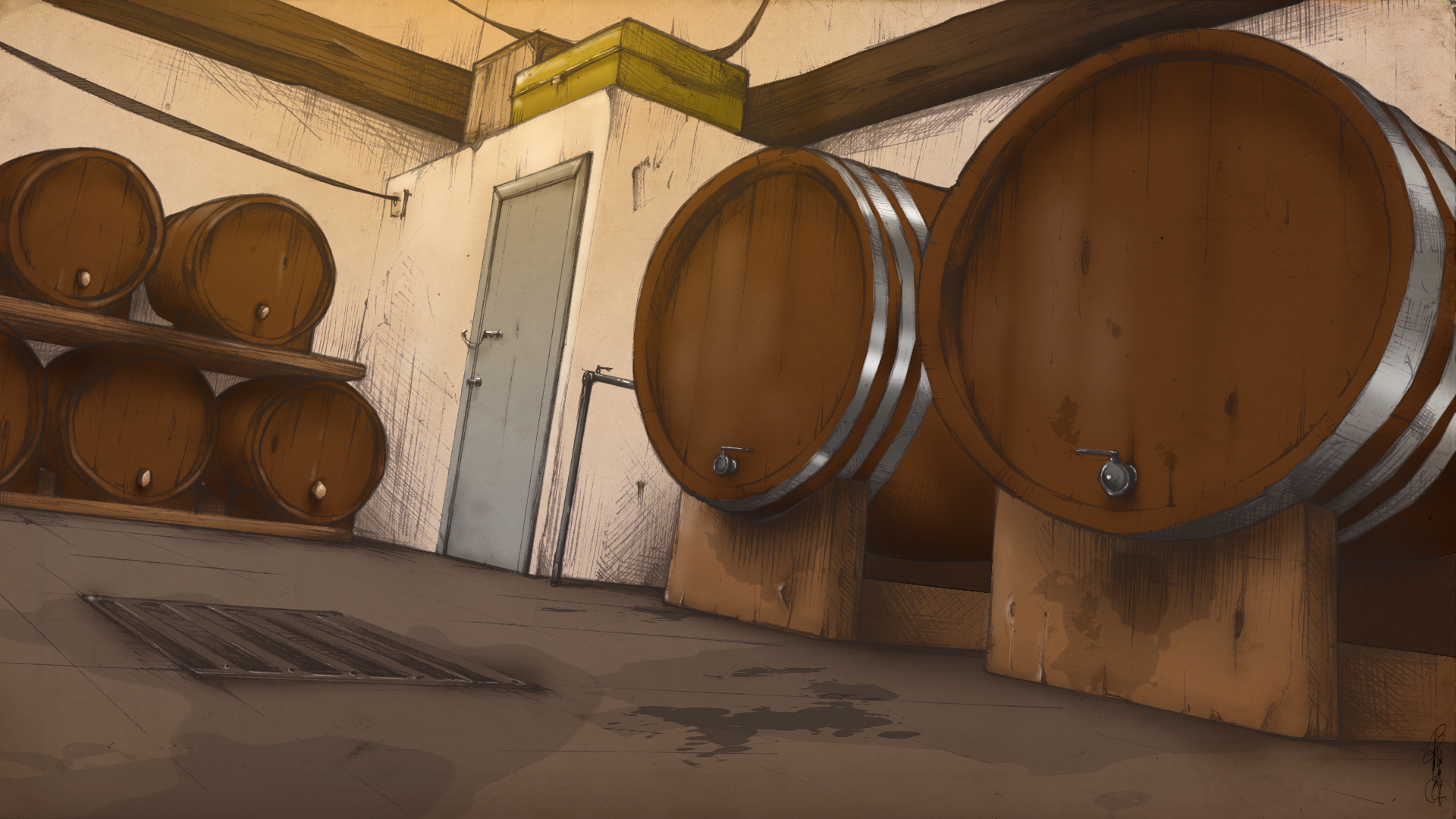25 Fun Facts About The History Of Beer

In February 1355, the St. Scholastica Day riot occurred in Oxford, England. Two students of the University of Oxford complained to the taverner about the quality of beer at the Swindlestock Tavern. Words were exchanged and the students ended up throwing their drinks in the taverner’s face, which led to armed clashes between locals and students. The riot lasted two days and resulted in the deaths of about 63 students and 30 locals.
In March of 1634, entrepreneur Samuel Cole opened the first American tavern in the city of Boston.
In 1650, lawmakers in New Netherland (what is now known as New York) decided to levy an excise tax on “tapsters” (those selling beer), in an attempt to relieve brewers of their tax burden.
Frederick Pabst, the German-American brewer who founded the Pabst Brewing Company, was born on March 28, 1836 in the Kingdom of Prussia.
The first lager beer was sold in Milwaukee in 1845 by a company known as Best and Company.
America’s first Prohibition act was passed by the Maine legislature on June 2nd, 1851. The bill called for the “suppression of Drinking Houses and Tippling Shops.” Over the next year, Minnesota, Rhode Island, Massachussetts and Vermont all followed suit.
On April 1, 1855, the “Lager Beer Riot” occurred in Chicago after Mayor Levi Boone proposed an ordinance that would close taverns on Sundays and raise the cost of liquor licenses. Protestors who viewed the ordinance as targeting Germany immigrants clashed with police.
Ederhard Anheuser, a soap maker in St. Louis, inadvertently became a brewer when he acquired the Bavarian Brewery in 1860. He had little interest in running the brewery, but his son-in-law, Adolphus Busch, ended up taking over, eventually making the brewery the largest in the world.
Known as “The Original Pale Ale,” Bass Ale was awarded the world’s first trademark under the UK’s Trademark Registration Act, which went into effect on January 1, 1876. The beer still carries the original logo: a red triangle over the word “Bass.”
On July 3, 1890, the U.S. Treasury made it legal for a brewery to install a pipeline for the transfer of beer from a brewery to a separate bottling shop. This law helped the process of beer bottling immensely.
What we now know as the beer bong was unintentionally invented by Jack Henry in 1896. Henry started off as a failed inventor of medical equipment for women. With the rubber from a straightened bicycle tire as a tube and flattened cans of beans for the funnel, the world’s first beer bong was created.
On January 11, 1898, the Anheuser-Busch company produced its 500 millionth bottle of Budweiser, becoming the first U.S. brewer to reach that milestone. The next year, Adolphus Busch proclaimed Budweiser to be the “King of the Bottles Beers,” leading to the slogan we now know as “The Kind of Beers.”
On February 14, 1899, the Texas Consolidated Brewing Association was formed in an effort to fight Prohibition. Their goal was to “have a common control of management agreements, and to facilitate common intentions of the breweries to monopolize the manufacture and sale of beer in Texas.”
In 1900, Carry Nation, a member of the Women’s Christian Temperance Union Movement, wrecked the elaborate bar in the Hotel Carey in Wichita, Kansas and became known for destroying bars and saloons with a hatchet. She claimed her actions were not unlawful because saloons were illegal at the time.
The Cervederia del Pacifico in Mazatlan, Mexico, was established in 1900 when three German immigrants began brewing Pacifico beer.
Prohibition went into effect on January 16, 1919, with the 18th Amendement to the U.S. Constitution, which prohibited the manufacture, sale, or transportation of alcoholic beverages.
In May of 1932 about 100,000 people celebrated the legalization of beer in New York City with a “We Want Beer Parade.” In Detroit, an estimated 40,000 people attended a similar event on the same day.
In March of 1933, President Franklin Delano Roosevelt signed the Beer and Wine Revenue Act, which levied a federal tax on all alcoholic beverages in an attempt to raise revenue for the federal government. However, individual states retained the right to further regulate the sale of beer and wine.
After 14 years of Prohibition, the Cullen-Harrison Act was signed in April of 1933, which legalized the sale of 3.2 percent alcohol in states that were subject to Prohibition. The New York Times proclaimed, “Beer flows in 19 states.”
The very first canned beers, Kreuger’s Finest Beer and Krueger’s Cream Ale, were sold in Richmond, Virginia in January 1935.
On June 25, 1951, Pabst became the first U.S. brewer to advertise in color on television. The ad was aired during a special one-hour inaugural broadcast on CBS.
On April 15, 1985, Samuel Adams beer was introduced in Boston on Patriot’s Day. Jim Koch, who established Boston Beer Company in 1984 used his great-great grandfather’s recipe for Louis Koch Lager to brew Samuel Adam’s Boston Lager.
In May of 1988, the U.S. Congress officially recognized National Homebrew Day – a day on which homebrewers around the country celebrate beer and brewing.
“Beer Day” in Iceland (which is celebrated every year on the first day of March) marks the country’s abolition of the prohibition of beer, which lasted from January 1, 1915 to March 1, 1989.
In 2002, the owners of Munich’s famous beer fall Hofbrauhaus held a groundbreaking ceremony for the first U.S. location in Newport, Kentucky. The brewery would measure 2,450 square feet. 268 people would sit in the beer hall, 108 people would sit in a restaurant section, and 350 more could fit in the beer garden.
